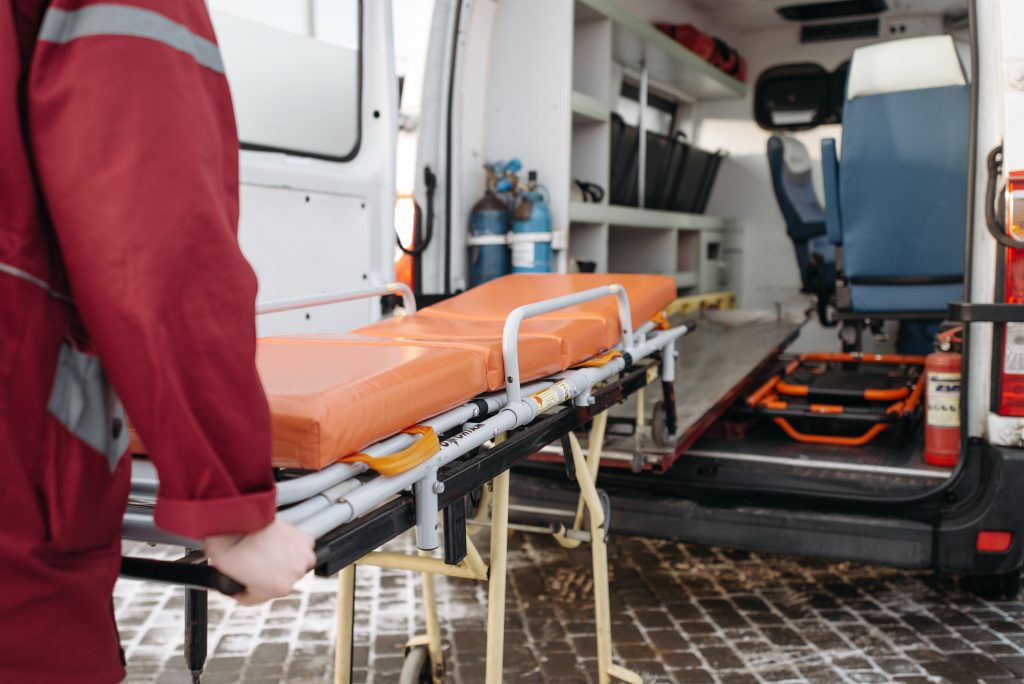In bustling cities worldwide, heavy traffic can become a critical obstacle for emergency services, impacting patient outcomes. In response to this recurring issue, the Radio Ambulance Project in Ecuador emerged as a groundbreaking initiative to tackle the challenge head-on. Their goal? To reduce ambulance response times by alerting drivers through FM radio interference. This blog post will discuss the case study that highlights the project’s journey, its technical intricacies, and the potential it holds for transforming emergency services.

The Challenge: Urgency in Traffic
Picture an ambulance navigating through congested city streets, transporting a patient in critical condition. Time becomes a precious resource, and every second counts. The Radio Ambulance Project aimed to address this urgency by leveraging innovative technology to alert drivers and pave the way for quicker ambulance travel.
The Solution: LabVIEW and USRP Platform
The solution was born from collaboration between Maruri, an Ecuadorian advertising agency, and the Universidad Politécnica Salesiana. Using NI LabVIEW system design software, the NI LabVIEW Modulation Toolkit, and initially PXI systems, the team embarked on the Radio Ambulance Project. Their approach involved interfering with FM radio signals using the NI USRP (Universal Software Radio Peripheral) platform.
The Technical Journey From PXI to USRP
The initial phase utilized PXI systems, providing the flexibility, bandwidth, and power needed for wireless communication system development. However, recognizing the need for a more suitable platform, the team migrated to the NI USRP platform. This transition, surprisingly, required only a 15% modification of the source code, saving significant application development time.
The project involved a meticulous process of analyzing FM radio signals, demodulating them, generating an interfering signal, and broadcasting an audio message to alert drivers. The team conducted a successful proof of concept with an NI USRP-2920 transceiver in June of 2013, utilizing an ambulance equipped with the system and a second vehicle to evaluate performance. The results were promising, showcasing the technical feasibility of the project.
Despite technical success, legal and regulatory hurdles emerged, restricting the open and widespread use of the system. The team addressed technical challenges by incorporating an RF amplifier, directional antenna, and a voltage inverter for power supply.
Maruri Grey estimated a 40% reduction in ambulance travel time, potentially increasing the chances of patient survival. While the technical feasibility was proven through the prototype, the next steps involved navigating legal and regulatory landscapes to implement the project on a larger scale.

Applying Technology for Social Impact
The Radio Ambulance Project exemplified the power of technology to address real-world challenges. By applying theoretical concepts of RF communications, the team demonstrated a practical solution to a major social problem. While regulatory challenges persisted, the project’s success in a proof of concept set the stage for future collaborations and advancements in emergency services.
To witness the project in action or to dive deeper into its technical aspects, check out the YouTube video demonstrations linked below!
The case study discussed in this blog post, titled “Clearing the Way for Ambulances Using FM Radio and the NI SDR Platform”, was co-authored by Carlos Bosquez and Santiago Orellana.







